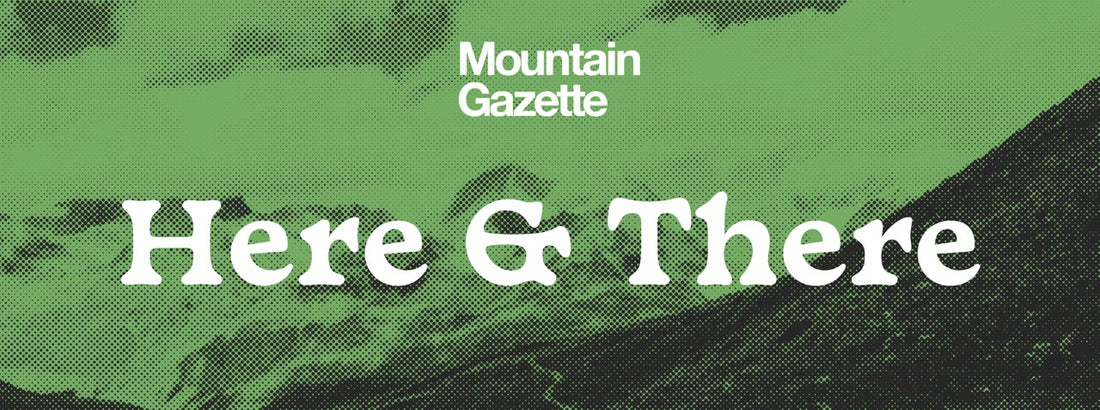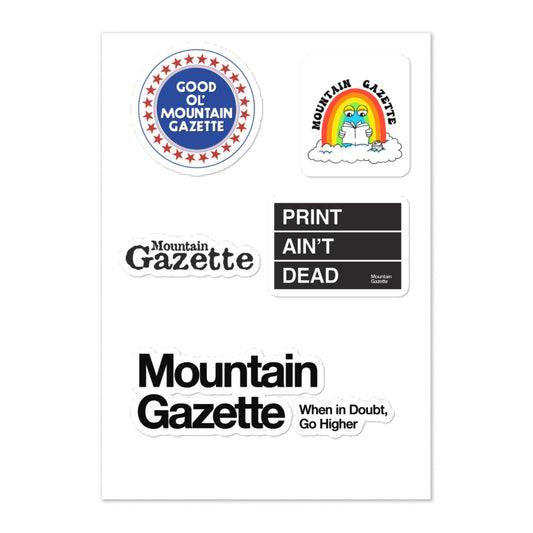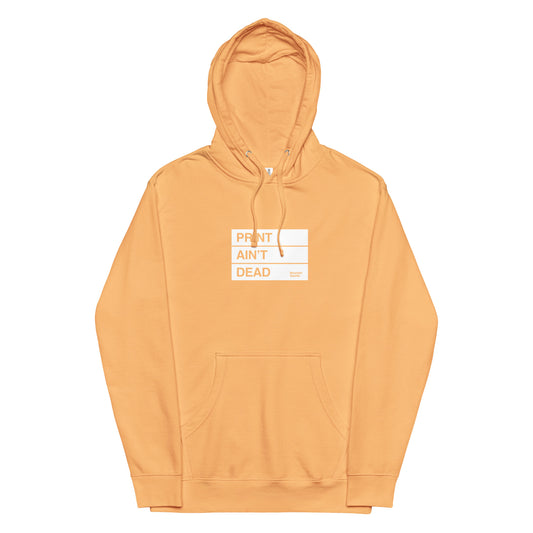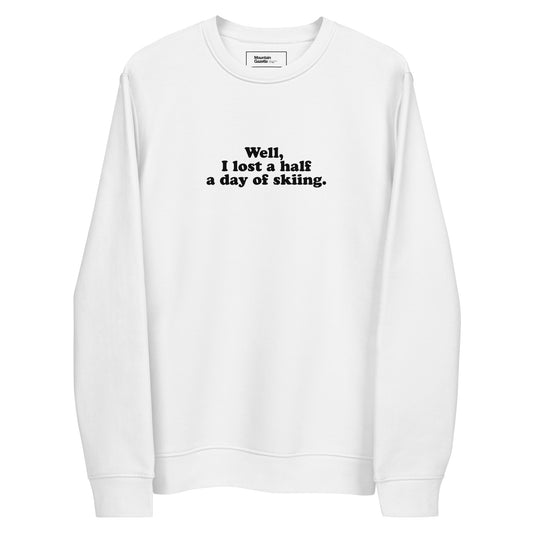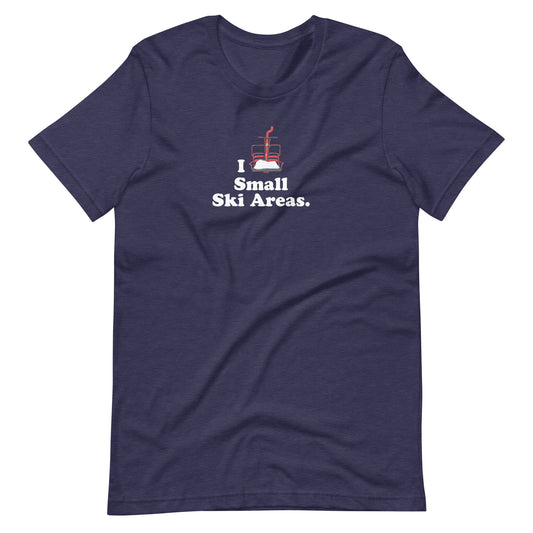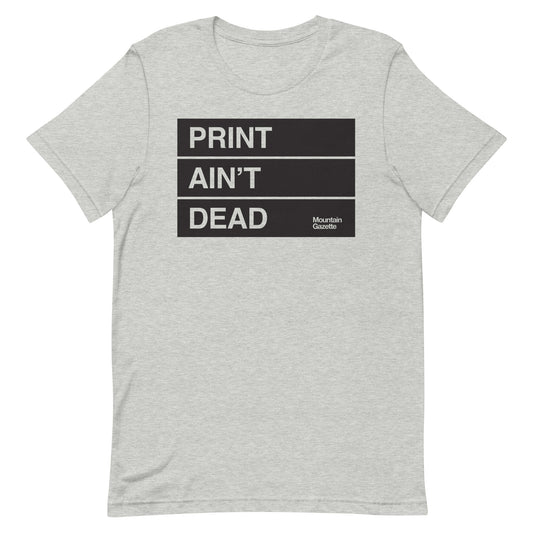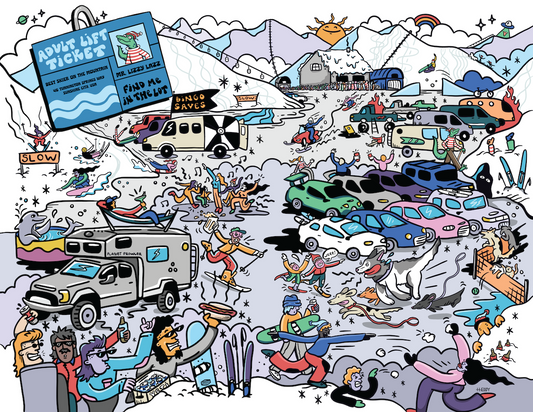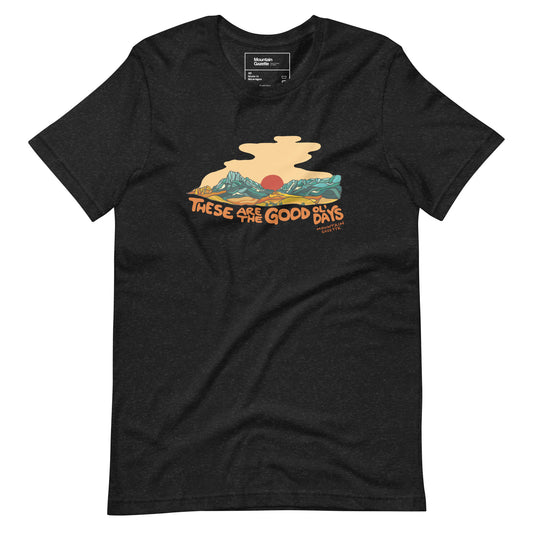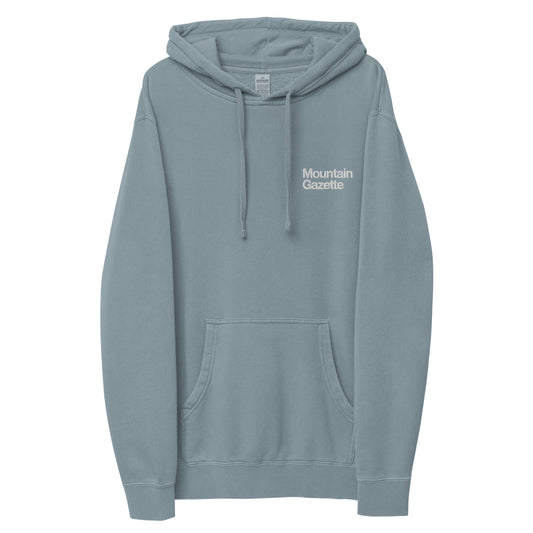
Originally published in the weekly Here & There newsletter by Kyle Frost. Subscribe here.
Stanley, the king of cups
You’ve probably noticed the explosion of Stanley over the last few months. Seemingly overnight, a 40 oz Stanley Quencher has become a coveted status symbol for a wide range of demographics. Shoppers are mobbing Target to grab limited edition colors. Exclusive versions are listed on eBay for $299. They seem to be everywhere.
A marketing turnaround
By all accounts, it’s a tremendous marketing success for the 111 year-old brand. While Stanley was already steadily increasing their market share, recent exponential growth can partially be attributed to a viral video posted last November. In the widely shared Tiktok, a woman showed her Stanley tumbler still untouched in her destroyed car after a fire. The video had millions of impressions and Stanley reached out to buy the woman a new car. Perhaps unsurprisingly, the current CEO of Stanley is Terence Reilly, who previously spearheaded the unexpected revival of Crocs. Reilly focused on working with influencers, expanding the Stanley line into a variety of more pleasing colors (instead of the classic green of years past), and a stronger focus on women.
Just a few years ago I would have put them in the same bucket as Coleman (or other old school, conservative, "core" outdoor brands), but their current branding and target audience feels more in line with Outdoor Voices or Lululemon. While some brands have made successful transitions from legacy to “hip outdoor” (see Carhartt, Pendelton, Danner, Filson), there are fewer examples of such a successful shift to a broader audience.
Stanley's homepage, 2019 vs 2024:

Hype brings other challenges
Stanley, like many other companies, touts their commitment to sustainability. “At Stanley, we believe that through invention and originality we create a more sustainable, less disposable life and world.” Among other goals, they’re committed to using recycled stainless steel in at least 50% of their products by 2025, a Built for Life™ lifetime warranty, and values-led manufacturing. The Quencher, Stanley’s most in-demand product at the moment, is made of 90% recycled materials. But, does any of that matter if people are doing things like this?

It begs the question: is the intentional development of a hype-based, limited edition, “you have to have this color/size/etc”, 40 oz Beanie Baby at odds with those commitments? If your product is designed to be virtually indestructible and re-usable by nature, how does pushing seasonal colors and limited edition collaborations (that you *know* encourages collection and secondary markets) align with your ideals?
They're not the only ones
This isn’t a Stanley hit-piece; they’re by no means the only brand in this category and most brands across all industries are guilty of a clash of ideals and consumerism to some extent. We’ve all seen that wall of different colored Hydroflasks, Yetis, and Stanley’s right by the checkout at REI. Right at the price point of ‘not overly expensive’, ‘great for gifts’, and ‘perfect for giving away as company swag’.

Yeti, the cooler brand that mostly sells cups, made $947 million in their drinkware category (vs ‘only’ $650 million in coolers/equipment) in 2022 – a testament to the power of a quality product, brand awareness, and storytelling. Stanley’s revenue has grown at a mind-boggling rate, from $73 million in revenue in 2019 to $750 million in 2023.

How the sausage is made
I’m also not here to detract from the recent success/reinvention of a legacy outdoors company. When we talk about the growth of the “$1.1 trillion outdoor recreation economy” (the largest segment of which is retail), this is how the sausage is made. The relationship between sustainability and running a successful company is complicated. If you want to keep people employed and contribute to the outdoor recreation economy, you’ve got to market and sell your shirts, jackets, backpacks, and cups – ideally, an increasing amount every year. But, I think it’s worth pondering the challenging situation companies are placed in when customer behaviors are antagonistic to sustainability goals. Even Patagonia’s famous “Don’t Buy This Jacket” campaign resulted in a 30% increase in sales.

I’m not going to “blame capitalism” either. That $1.1T is capitalism. It’s not people fashioning their own gear from scratch and walking to the nearest trailhead. It’s people spending money on clothing, travel, gas, and lodging, and people being employed to design, manufacture, market and sell those things. But, it’s worth noting that many of the core drivers of the outdoor recreation economy are intrinsically tied to motivations and consumer forces don't necessarily have sustainability in mind.
Things are changing
The good news is that many brands are moving in the right direction with repair, resale, and recycling programs. G3 has a new ski designed to be recycled, Patagonia has Worn Wear, Arcteryx has ReBird, and REI has Good & Used. Second-hand gear platforms like Geartrade continue to grow in popularity. Circularity and sustainability are hard problems to solve, especially at scale, so it’s at least promising that outdoor industry consumers are pushing brands in the right direction.
And sure, the hype won’t last. Next year it’ll be a different brand, or something else altogether that is the outdoor version of “Tickle me Elmo”. These viral moments will be lost in time, like tears in rain. And that Stanley Quencher will end up forgotten on a shelf in your cabinet with your other 25 reusable cups and that stack of mismatched lids.
The solution here isn't to not to buy a Stanley. But maybe buy one, and use it a lot.
Thanks for stopping by. If you've got comments, feedback, or suggestions for a future newsletter you can reply to this email or get in touch directly at kyle.frost@mountaingazette.com.

